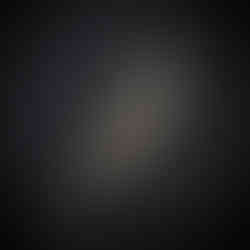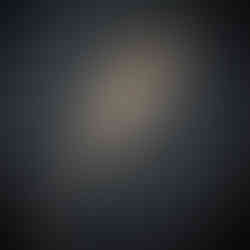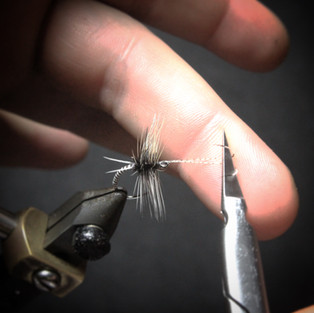Technique: Antennae
- bo wentworth
- Nov 10, 2020
- 2 min read
One of my favorite fly tying techniques that I have worked to personalize and develop over the last few years is adding an antennae to a fly using duck flank feathers. Adding a pair of antennae onto a fly changes the whole feel and aesthetic appeal of of the fly. When adding an antannae, a standard klinkhammer or caddis fly imitation, for example, goes from something normal to having special feel. If your looking for that wow factor to add to fly, this is a fun and beautiful technique to add to your skill set. Here is a quick run down of how I add duck flank antennae to my flies.
Above: Wood duck, Muscovy, Baikal Teal, and Mallard
The Materials:
When selecting a material for this application it can be just about anything. I choose most often a duck flank feather, but the possibilities are endless. I use duck because they are soft and able to be curled, bent, or straightened out. I also have a large amount of feathers from my own harvest over the years as a hunter and from our own homestead. Most duck flanks will have a beautiful barred pattern as seen above. The barred coloration of these pieces just look buggy, and on a spinner pattern or emerger, they add some extra reality to your profile. Mallard, Wood Duck and Hooded Merganser are favorite and go to species here.
Wood Duck, Mallard, Baikal Teal and Hooded Merganser
Technique:
This is where it can get dicey. After you have done all the work to tie the majority of your pattern, its time to add the antennae. First, select two fibers and remove it from your feather. Select fibers next to each other as they are almost identical. Take them in your hand, and find there natural curve. Place them just behind the hook eye curving the direction you are intending, and with a few careful and deliberate wraps secure them down.
Progression of slowly curling the fibers
Finish your fly pattern however you would normal finish the head of the fly and whip finish your thread off. If you would like to and a curl or bend these fibers slowly and carefully take your scissors like a ribbon on a gift and tightly run down the fibers. You can curl them in an orientation or direction you want; up or down. For fishing purposes, like on spinner patterns, I like them to remain uncurled. I find it hard myself to resist curling them because it is so much fun and one of those oddly pleasing techniques.
While curling the fibers less is more, go slowly until you reach that perfect curl.
Reflection:
On some patterns like spinners I fish I will add antenna, but I haven't seen any significant advantages on most patterns I fish regularly, especially for the added time when production tying a larger number of flies. This a mostly for aesthetic technique to learn, but as with all new tricks and tips you learn along the way it will make you a better fly tier. Learning to manipulate these two single fibers, tie them in and curl them will only improve your ability to complete and array of other skills.
































תגובות